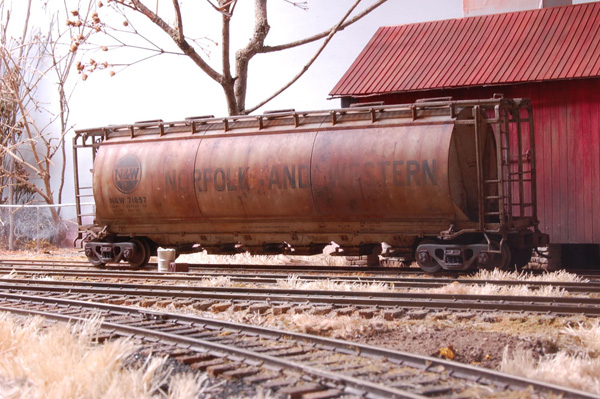Have you ever driven to a house for the first time and not known where to park or where the path to the front door was?
That’s the power of design at work. In this case it’s poor design that leaves you confused from a lack of direction. What about a park that is very popular? Where someone is always enjoying the setting because it’s a good place to be? That’s a good design at work, one that draws people in and helps them feel at ease.
Design is everywhere and unless you know the language and principles of how it is used, you likely don’t give it a first thought, let alone a second one. The more I study the principles of design, the more respect I have for the power it has. That’s why I switch up the size and colors of certain words and sentences in my recent postings. Font size and color are two simple design tools that allow me to add emphasis where I want readers to pay closer attention. (Oops. The secret is out.)
In layout design over the past 50 years or so, the arrangement of the track drove everything else. In eras past, the idea was to stuff as much track in as possible and let the scenery and buildings fend for themselves in any leftover spaces. A perfect example of antiquated layout design thinking from decades ago was represented by a Kalmbach book called HO Railroad That Grows or something like that. It told the tale of how you could start with a simple oval of track and add to it over time. The trouble is the additions never stopped. Track and more track kept getting stuffed into the confines of the 4 x 8 foot “sacred sheet,” as Byron Henderson calls it, until there was little room left for anything else.
Some nicely composed scenes in the earlier stages of this layout were sacrificed to the never ending appetite for more track. The final product was a confusing mess that did nothing, but at least it had one of everything: bridges, a grade up the mountain with the requisite tunnel and mine, a reverse loop and on it went.
In all fairness this book was a product of a time when layouts were little more than glorified trainsets. An era when the influence of the prototype was largely a curiosity in the hobby compared to the standards of today. Serious modelers wouldn’t consider such a design today or would they?
It amazes, and at times frustrates me, how strong the design influences of this early era still is. The 4 x 8 sacred sheet is still with us, always presented as a good option for a beginning modeler’s first layout. (Something that speaks volumes more about our attitude toward beginners than it does about their ability to understand the hobby.) Even for experienced modelers the “trackplan” still drives everything and those timeworn design conventions still rule: Track first, everything else second, or now, even optional for some modelers. When the trackplan drives a layout design we get multi levels, miles of hidden track disguised as a helix, uber-narrow aisles and other oddball stuff that tax the limits of human ergonomics.
Before someone cries: “Foul,” let me confess that I’m not immune. When designing the I&W, decisions about the track came first, especially in trying to wrap my thinking around the size differences between HO and quarter-inch scales. The space on the benchwork filled up faster than I could ever imagine with track and, yes, scenery features came in second.
However, in studying design principles as applied in other disciplines and in learning much more about the prototype, I would choose a very different set of criteria for the design of another layout. In architectural design, one doesn’t start with matters of style (modern, traditional, etc.). You start with the various spaces and their sizes and relationships to each other, with circulation, light and views. Once these matters are resolved, you can style the spaces anyway you want. In designing a layout today, the type of story I want to tell about the prototype and its influences on me would drive the design, not the trackplan. In looking at the I&W through this lens, the amount of track I included seems to push the boundary of too much very closely. I would not include as much trackage as I did, and I would most assuredly leave more room for the context that scenery provides. Additionally, I would consider that idea of scenery as context with greater forethought and deliberation.
 By building less, you emphasize what is included by focussing attention, and thereby heightening the importance of the object (a well known design principle from the arts). In an era where an abundance of information is practically at our fingertips, there are few excuses left for defaulting to outdated conventions. One of the real joys of this hobby lies in the opportunity it provides to learn something new, to take knowledge and ideas from other disciplines and apply them in new ways. Looked at in this way, the hobby need never get old or boring.
By building less, you emphasize what is included by focussing attention, and thereby heightening the importance of the object (a well known design principle from the arts). In an era where an abundance of information is practically at our fingertips, there are few excuses left for defaulting to outdated conventions. One of the real joys of this hobby lies in the opportunity it provides to learn something new, to take knowledge and ideas from other disciplines and apply them in new ways. Looked at in this way, the hobby need never get old or boring.
Regards,
Mike
0 Comments